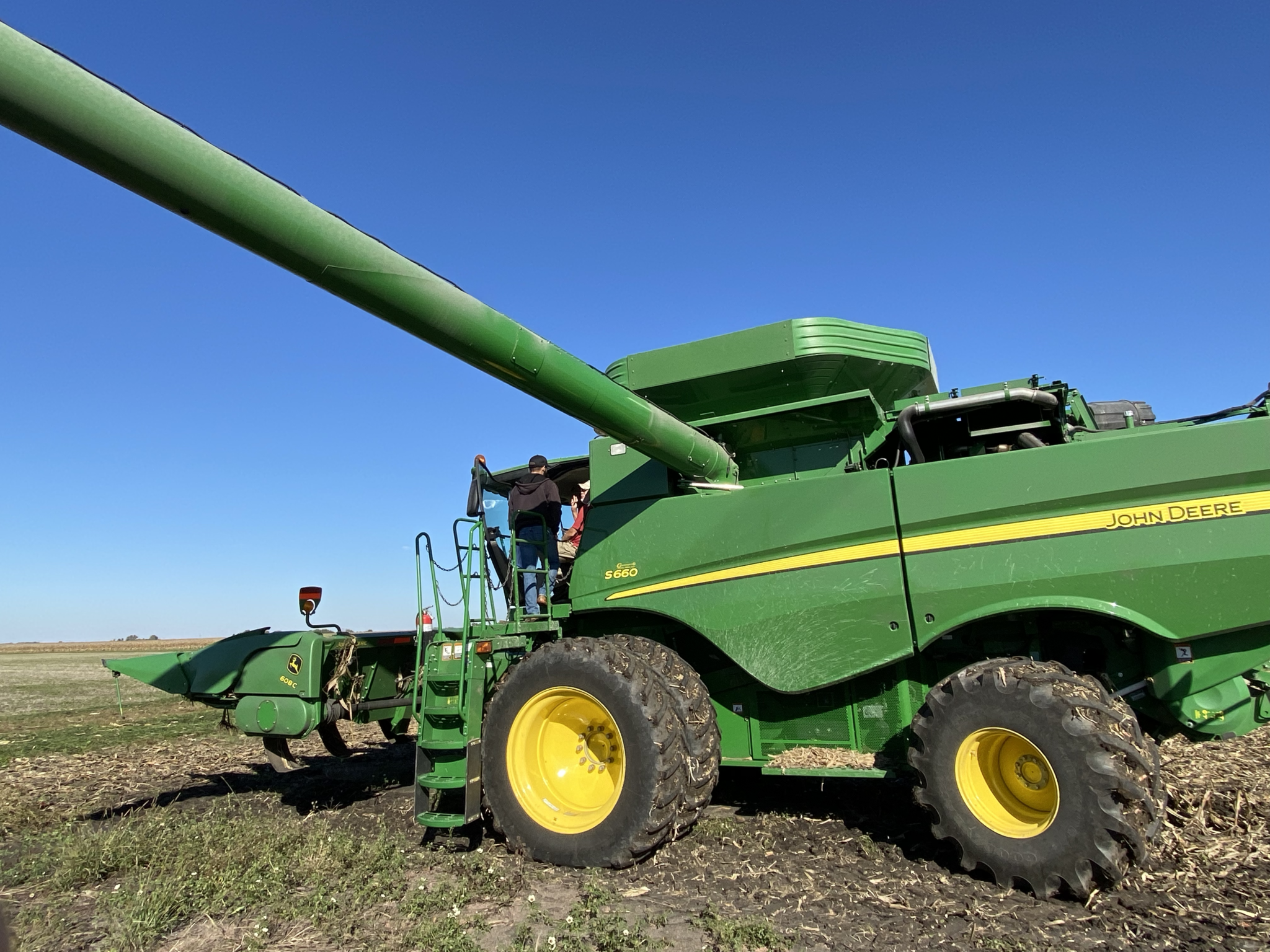
This week marks the first time that corn harvest progress has dropped below the 5-year average for 2021.

This week marks the first time that corn harvest progress has dropped below the 5-year average for 2021.
This report summarizes corn yield response to fertilizer nitrogen (N) rate in field-scale trials conducted
around the state of Indiana since 2006.
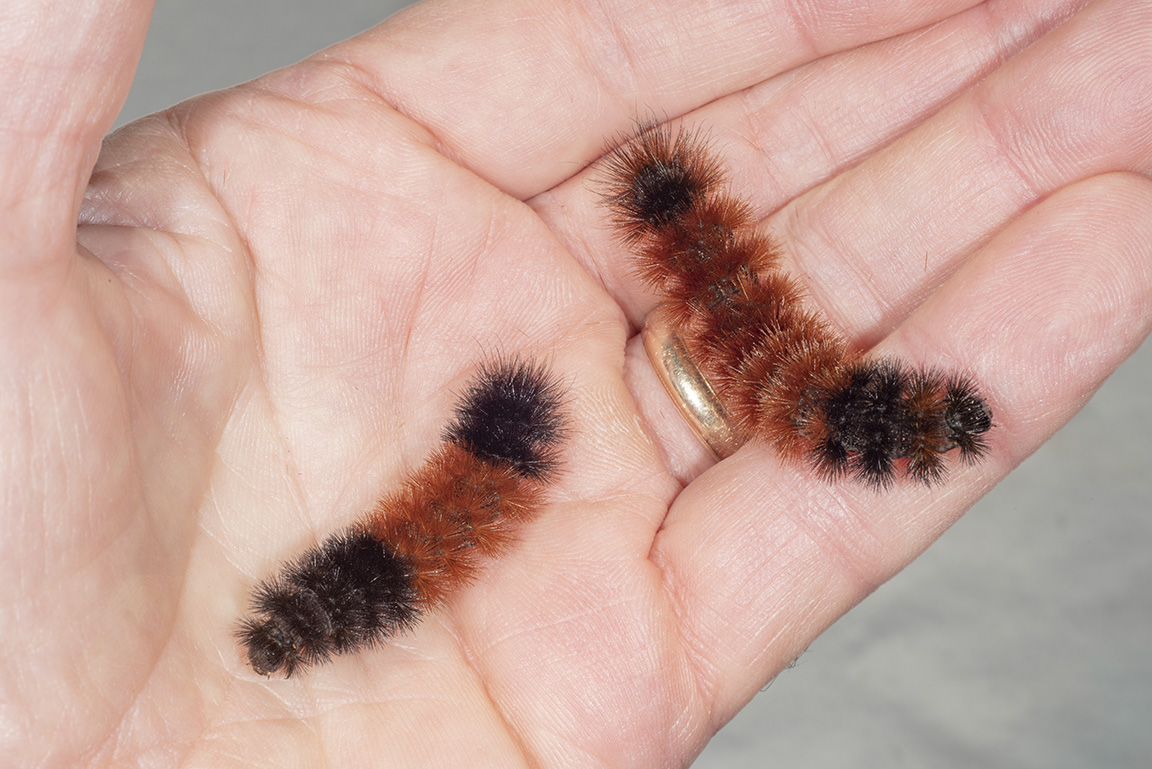
While traveling a local county road this week, I was amazed at the number of woolly bear caterpillars I came across. At one particular location, they were crossing en masse from one weedy, unharvested soybean field to a grass pasture.
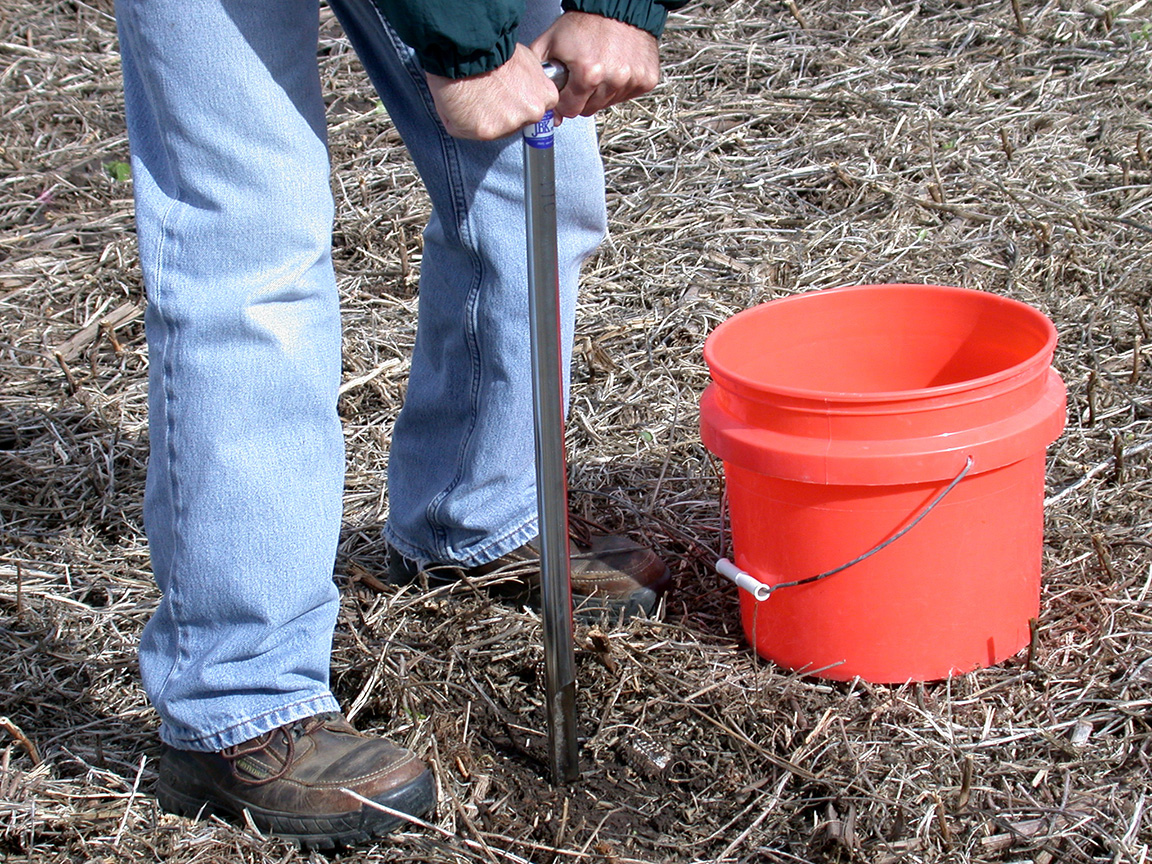
Phosphorus (P) and potassium (K) fertilizer prices have increased dramatically in recent months. If you cannot afford all the fertilizer P and K you think you need or there is not enough fertilizer to be had, you might want to prioritize their use on your farm. The key to prioritizing P and K use is to have recent soil test information for your fields. Top Priority: If soil test levels are below the critical level (Figure 1, Table 1) then crop yield response to added P and/or K might occur. These low testing fields or areas in a field should be given the highest priority for fertilization. The further the soil test is below the critical level the more likely yield will increase with application of that nutrient and that yield increase will likely be larger. The fertilizer application rates recommended for soil tests below the critical level are designed[Read More…]

Purdue University, in collaboration with the Indiana Forage Council, will be hosting educational webinars about forage production and utilization on Friday noon Eastern Time beginning December 3.

The Indiana State Climate Office (IN-SCO) hosted a climate services summit in early June 2021.
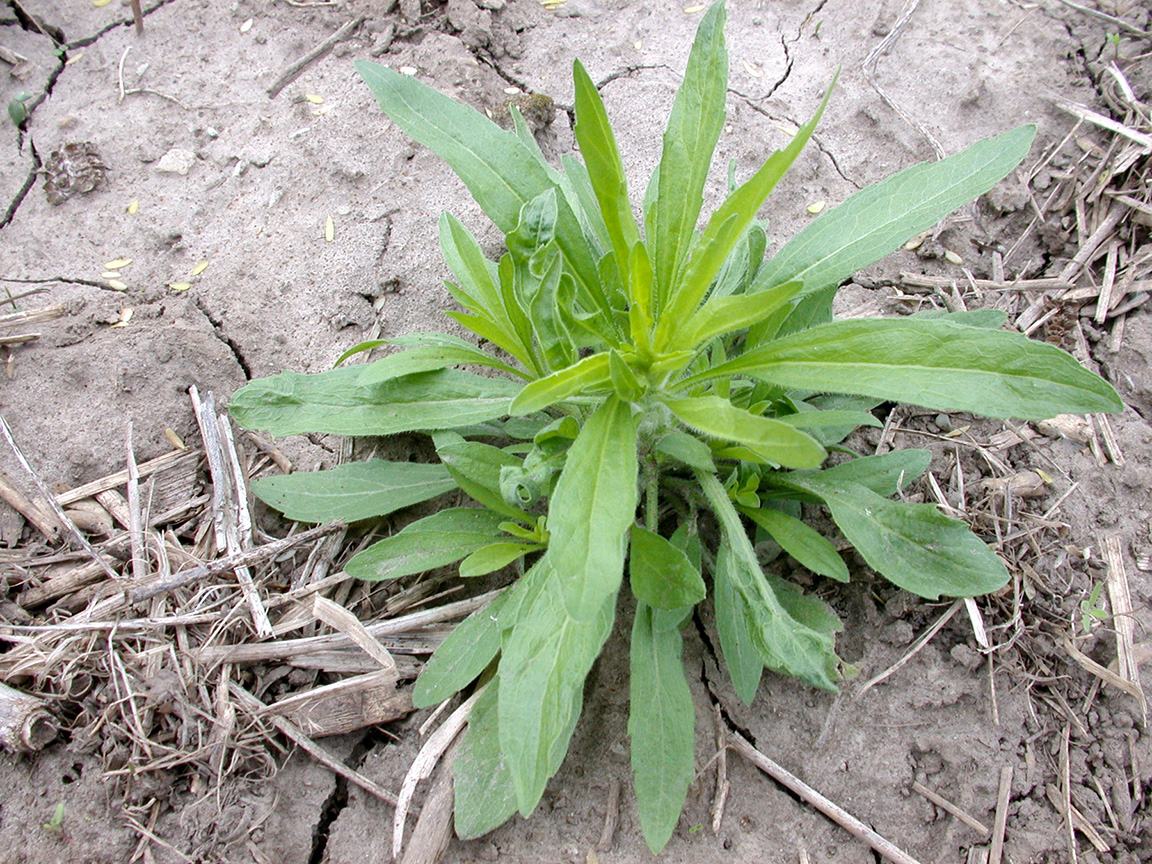
As our crops come out of the field, now is the time to think about weed control for winter annual weeds, including marestail. Scouting fields should begin soon after a field is harvested, with special attention paid to fields with heavy infestations of marestail this year.
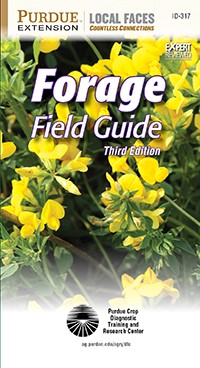
What have been your challenges with forage production and utilization in 2021?
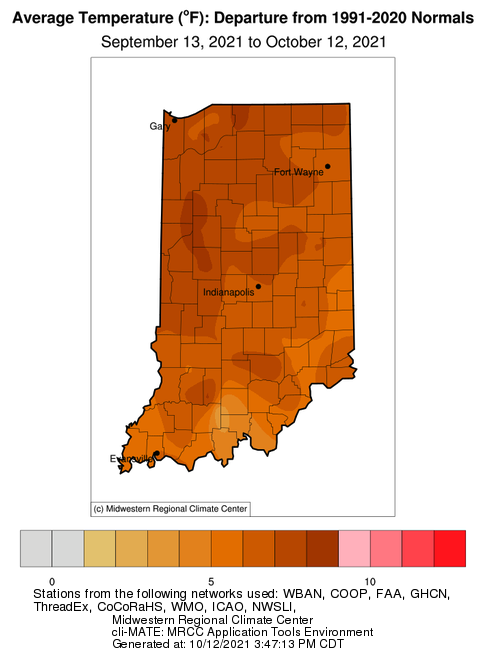
The last several weeks have certainly been warmer than normal.
In last week’s article we discussed the herbicide shortage for the 2022 growing season and outlined a couple of scenarios where we can switch to alternative herbicides to accomplish the same weed control objectives.
© 2025 Purdue University | An equal access/equal opportunity university | Copyright Complaints | Maintained by Pest&Crop newsletter
If you have trouble accessing this page because of a disability, please contact Pest&Crop newsletter at luck@purdue.edu.